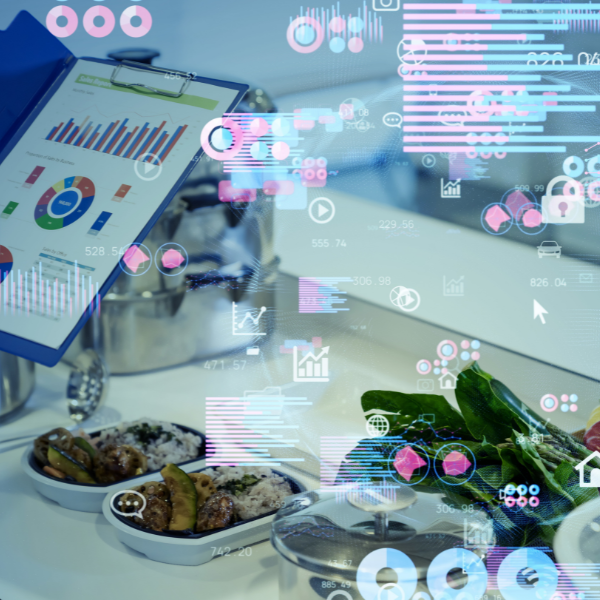
The rigid structure of breakfast, lunch, and dinner is giving way to more flexible eating patterns. Consumers are now opting for smaller meals, snacks, and beverages throughout the day rather than adhering to the standard three-meal structure. This shift is largely influenced by:
Remote and hybrid work environments allowing more flexible eating schedules.
Health-conscious consumers prefer multiple smaller meals instead of large portions.
The rise of food delivery and on-the-go eating habits.
Millennials and Gen Z consumers are leading the way in adopting non-traditional dining habits. They prioritize convenience, availability, and customization in their food choices. Foodservice establishments that adapt to this shift by offering all-day menus, smaller portions, and grab-and-go options are more likely to attract and retain customers.
Adapting Menus & Offerings To New Consumer Behavior
Expanding Beyond Traditional Meal Categories
Restaurants and food service providers are rethinking their menus to cater to evolving eating habits. This includes:
All-day breakfast: Breakfast foods are no longer just for mornings. Many establishments are offering breakfast items throughout the day to meet consumer demand.
Snackable meals: Consumers increasingly replace full meals with small, nutrient-dense snacks.
Hybrid offerings: Combining elements from different meal categories (e.g., brunch, late-night bites) to appeal to shifting preferences.
Emphasizing Convenience & Accessibility
With more people seeking food on their own terms, convenience has become a top priority. Businesses are responding by:
Expanding drive-thru and delivery options.
Offering grab-and-go selections for quick meals.
Creating meal kits and pre-prepared foods for easy at-home consumption.
Beverage Trends: A Shift Toward Anytime Consumption
The Decline of Traditional Beverage Consumption Times
Beverages once associated with specific times of the day, such as coffee in the morning or cocktails in the evening, are now consumed around the clock. Factors driving this change include:
A growing preference for functional beverages like protein shakes, kombucha, and herbal teas that provide health benefits throughout the day.
The increasing popularity of non-alcoholic and low-alcohol beverages catering to mindful drinking trends.
There is a demand for customized drinks, with consumers expecting the ability to personalize their coffee, tea, or smoothies at any time.
Opportunities for the Beverage Industry
Businesses that recognize the changing demand for beverages can capitalize on these trends by:
Offering coffee and tea options beyond breakfast hours.
Introducing ready-to-drink (RTD) functional beverages.
Creating innovative drink menus that cater to on-the-go lifestyles.
How Food Businesses Can Stay Ahead
Embracing Technology & Data
Understanding customer habits through data and technology is essential for adapting to new dining patterns. Businesses can leverage:
Mobile apps for ordering and tracking customer preferences.
AI-driven menu suggestions based on purchasing behavior.
Smart kitchen technology to streamline food preparation for irregular dining hours.
Experimenting with New Formats & Experiences
Innovation in service models can help businesses thrive in a non-traditional meal landscape. Strategies include:
Pop-up dining experiences featuring snackable, shareable options.
Subscription-based meal services tailored to flexible eating schedules.
Collaboration with food delivery platforms to enhance accessibility.






